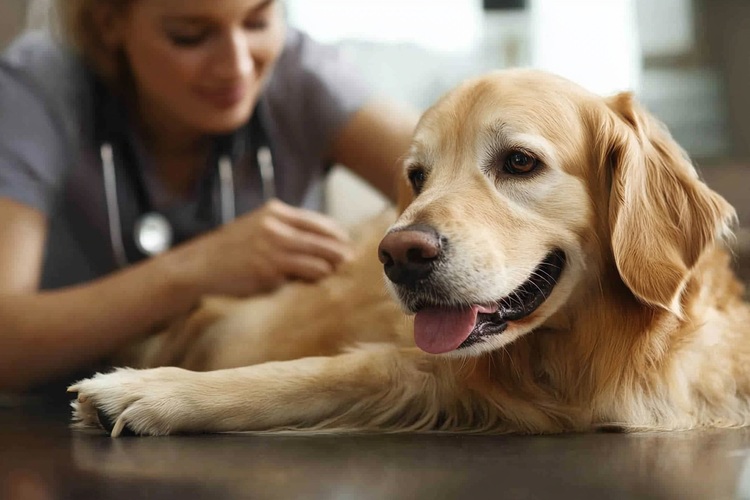Adopt Small Rescue Dogs Near Me: A Practical Guide to Finding, Assessing, and Bringing Home a Rescue
Adopting a small rescue dog can transform both your life and theirs, but the process requires careful planning and research. From identifying reputable local shelters to preparing your home for a new companion, successful adoption involves understanding the unique needs of rescue animals and navigating various organizational requirements. This comprehensive guide walks you through each essential step, helping you make informed decisions that lead to a lasting, positive relationship with your new four-legged family member.

Find Local Rescue Sources: Shelters, Breed-Specific Rescues, and Online Rehoming Networks
Local animal shelters serve as the primary starting point for most adoption searches. Municipal shelters, SPCA branches, and Humane Society locations maintain databases of available animals and often provide comprehensive medical care before adoption. These facilities typically house mixed breeds and purebreds alike, offering diverse options for potential adopters.
Breed-specific rescue organizations focus exclusively on particular dog types, making them valuable resources for those seeking specific characteristics. These groups often maintain waiting lists and can provide detailed breed information, helping match dogs with appropriate families. Their volunteers typically possess extensive knowledge about breed-specific needs, temperaments, and potential health considerations.
Online rehoming networks have expanded adoption opportunities beyond geographical limitations. Websites like Petfinder, Adopt-a-Pet, and Rescue Me aggregate listings from multiple organizations, allowing filtered searches by size, age, breed, and location. Social media groups dedicated to local pet adoption also facilitate direct connections between current owners seeking rehoming solutions and prospective adopters.
Assess Dogs and Organizations: Health Checks, Behavior, History, and Red Flags
Thorough evaluation of both the animal and the organization ensures a successful adoption experience. Reputable rescues provide complete medical histories, including vaccination records, spay/neuter status, and any ongoing health treatments. Request documentation of recent veterinary examinations and ask specific questions about known medical conditions or behavioral challenges.
Behavioral assessment requires multiple interactions in different environments. Observe the dog’s response to handling, interaction with other animals, and reaction to various stimuli. Many organizations allow potential adopters to spend extended time with animals, including supervised walks or play sessions that reveal personality traits and energy levels.
Warning signs include organizations that refuse home visits, lack proper documentation, charge unusually high or low fees, or pressure immediate decisions. Legitimate rescues typically require applications, reference checks, and waiting periods to ensure appropriate matches between animals and families.
Prepare Your Home for a Small Dog: Supplies, Safety, and Routine Adjustments
Small dogs require specific environmental modifications to ensure safety and comfort. Remove or secure small objects that pose choking hazards, install baby gates to restrict access to potentially dangerous areas, and ensure all chemicals, medications, and toxic plants remain out of reach. Consider the dog’s size when evaluating furniture heights and potential fall risks.
Essential supplies include appropriately sized food and water bowls, a comfortable bed, collar and leash, identification tags, and toys suitable for small breeds. Food selection should match the dog’s age, size, and any dietary restrictions identified during the adoption process. Many rescues provide temporary food supplies and feeding guidelines to ease the transition.
Establishing routines before arrival helps reduce stress for both the dog and family members. Designate specific areas for sleeping, eating, and elimination, and plan initial exercise schedules that accommodate the animal’s current fitness level and any medical restrictions.
Navigate the Adoption Process: Applications, Interviews, Fees, and Contracts
Most rescue organizations require detailed applications covering living situations, experience with pets, family composition, and lifestyle factors. Complete applications honestly and thoroughly, as false information often leads to adoption denial or future complications. Many organizations conduct phone interviews to clarify application details and assess commitment levels.
Home visits allow rescue representatives to evaluate the proposed living environment and offer suggestions for improvements. These visits also provide opportunities to ask questions about the specific animal and receive guidance on integration strategies.
| Organization Type | Typical Adoption Fee | Services Included |
|---|---|---|
| Municipal Shelters | $50-$200 | Spay/neuter, basic vaccinations, microchip |
| Private Rescues | $150-$500 | Full medical care, behavioral assessment, ongoing support |
| Breed-Specific Groups | $200-$600 | Specialized care, breed education, lifetime support |
Adoption contracts outline responsibilities, return policies, and ongoing requirements. Review these documents carefully, paying attention to clauses regarding veterinary care, living arrangements, and circumstances requiring animal return to the organization.
Settle In and Care Long-Term: First-Week Plan, Training, Vet Follow-Up, and Community Resources
The initial week requires patience and structured introduction to new routines. Limit visitors and overwhelming experiences while the dog adjusts to unfamiliar surroundings. Maintain consistent feeding schedules, establish designated bathroom areas, and provide quiet spaces for rest and retreat.
Training should begin immediately with positive reinforcement techniques appropriate for the dog’s age and background. Many rescue animals benefit from professional training assistance, particularly those with unknown histories or behavioral challenges. Local training classes also provide socialization opportunities and ongoing education for owners.
Schedule veterinary appointments within the first week to establish care relationships and address any immediate health concerns. Discuss vaccination schedules, parasite prevention, and long-term health monitoring appropriate for the dog’s age and breed characteristics.
Community resources enhance the adoption experience through ongoing support and education. Local dog parks, training facilities, grooming services, and pet supply stores create networks of assistance and social opportunities. Many areas also offer low-cost veterinary clinics and emergency assistance programs for pet owners facing financial challenges.
Successful small dog adoption requires commitment, preparation, and realistic expectations about the adjustment period. With proper planning and support, rescue adoption creates rewarding relationships that benefit both animals and families for years to come.




